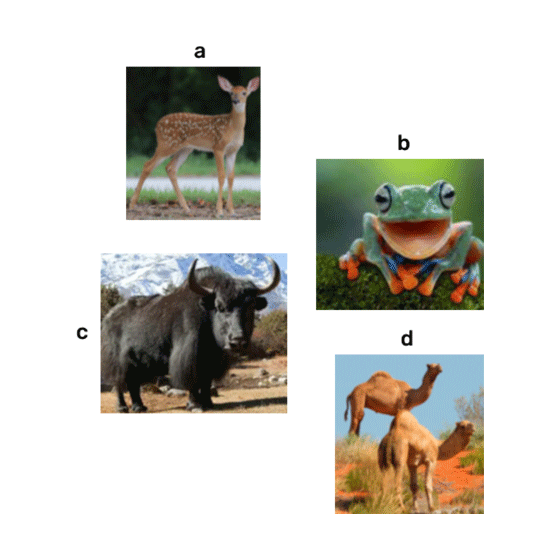Class 6 Science NCERT Exemplar Solutions Chapter 9 The Living Organisms and their Surroundings
FAQs on NCERT Exemplar for Class 6 Science Solutions Chapter 9 The Living Organisms and their Surroundings
1: What kinds of concepts can I learn from the NCERT Solutions for Class 6 Science Chapter 9 by Vedantu?
With proper revision and dedication, you can learn the following concepts from the NCERT Solutions for Class 6 Science Chapter 9–
Organisms and the surroundings where they live
Habitat and adaptation
A journey through different habitats
Some aquatic habitats
Characteristics of organisms
Living organisms and excretion
Ensure that you allow a good few hours to these solutions daily to get good results in your exams. Practice, practice, and practice till you are thorough with these concepts and see your grades rise!
2: What are the common characteristics of the living things covered in Chapter 9 of NCERT Solutions for Class 6 Science?
In these NCERT Solutions for Class 6 Science Chapter 9 by Vedantu, the common characteristics of living things mentioned are as follows-
i) Respiration
ii) Food intake
iii) Respond to stimuli
iv) Excretion
v) Movement
vi) Reproduction
vii) Grow and Die
You must cover every topic diligently. These solutions make the concepts more clear for you to understand better and perform well in your exams.
3: Why is it recommended to refer to the NCERT Solutions for Class 6 Science Chapter 9 by Vedantu?
Some of the biggest reasons for referring to NCERT Solutions for Class 6 Science Chapter 8 by Vedantu are –
These NCERT Exemplar Solutions by Vedantu are perfect study material to learn new concepts for Class 6 Science Chapter 9. The solutions are framed by highly experienced faculty having vast knowledge of the fundamental concepts.
The main objective of Vedantu is to provide chapter-wise solutions to students to help them improve their logical thinking approach so they can answer even the most complex questions efficiently.
The PDF format of solutions is available with us for free so you can easily download and access them anywhere at any time.
All the textbook topics and questions are given in a clear, concise manner.
These solutions will allow you to solve complicated questions easily if you study well and revise on time.
Through regular practice, you can develop time management skills and work on them for a better score.
It will help you develop a familiarity with the examination patterns so you don't have exam phobia.
Studying these solutions will help boost your self-confidence if you revise them rigorously.
Diagrams are given for each topic to help you learn them easily.
4: Is it really important to solve all the exercises in this Chapter 9 of NCERT Solutions for Class 6 Science?
It is suggested to solve all the exercises in Chapter 8 of NCERT Solutions for Class 6 Science by Vedantu. This will help you prepare for your exams with full confidence. Science is a theoretical subject, and mere reading or memorizing would not help you in the exams. It requires hard work, diligence, and lots of practice. This is why Vedantu’s NCERT Solutions for Class 6 Science of this Chapter has solutions to all exercises in the most concise manner. After reading each topic from your book, you can browse through the solved examples in these solutions and understand them thoroughly to solve them with complete ease so you are familiar with the topics well in advance for your exams.
5: Are the NCERT Solutions for Class 6 Science Chapter 9 sufficient for exam preparation?
Students who are looking for perfect study material while learning new concepts can make use of the NCERT Solutions for Class 6 Science Chapter 9 from Vedantu. The solutions are framed by highly experienced faculty having vast knowledge of the fundamental concepts. The main objective of providing chapter-wise solutions is to improve the logical thinking approach among students to answer complex questions efficiently. The PDF format of solutions is available at Vedantu with a free download option where the students can access them anywhere and at any time.



















